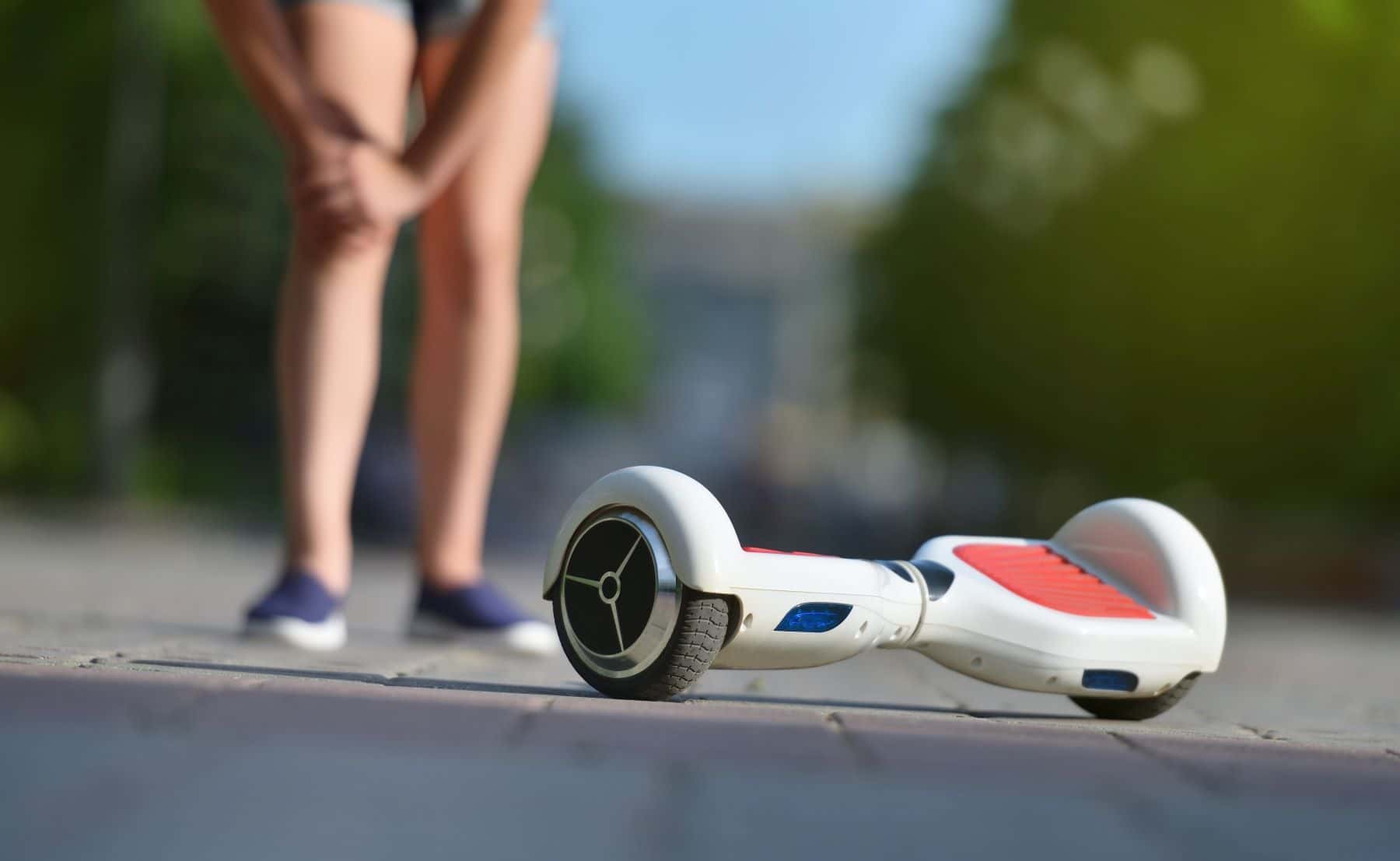Investigating Defective Design in Hoverboard Accidents
This case study explores a hoverboard accident where an adult was injured due to the device's alleged defective design.
Updated on
Case Overview
In this case study, we examine the injuries sustained by an adult while riding a self-balancing scooter, commonly known as a hoverboard. After placing their left foot on the hoverboard, as they tried to place their right foot, the hoverboard unexpectedly propelled forward, causing the individual to lose balance and fall. The hoverboard circled back and flipped over, striking their ankle. The hoverboard is alleged to have moved abruptly with only one foot engaged due to defective or improper design.
An expert in mechanical engineering was sought to inspect the device in a major city like New York City. He was also asked to opine on whether the device was defective.
Questions to the expert and their responses
Can you describe your professional background in mechanical engineering, specifically dealing with product liability?
I have several years’ experience in mechanical engineering, with a specific focus on product liability. I am one of the original engineers behind the first commercially viable self-balancing scooter (SEGWAY). My team and I are credited as inventors on numerous original Segway patents, giving us extensive experience in designing and safety testing these types of products.
What are potential design defects that can cause a hoverboard to abruptly move forward when only one foot is engaged?
There are several potential design defects that could cause a hoverboard to abruptly move forward when only one foot is engaged. These could range from issues with weight distribution sensors, faulty gyroscopes, or even software glitches that misinterpret user input. However, without examining the actual device involved in this incident, it would be premature to pinpoint a specific defect.
Have you ever reviewed a similar case? If yes, please elaborate.
Yes, I have reviewed similar cases involving self-balancing devices where design defects were suspected. In those instances, we conducted thorough inspections and tests to identify any flaws that could compromise user safety.
About the expert
This expert boasts two decades of experience in mechanical engineering, with a BS degree from a reputable institute. They have held significant roles at major companies like Hewlett-Packard Medical and Segway, where they co-invented several patents for the Segway Human Transporter and worked on various projects including drive train and propulsion system development. Currently, as the principal at an engineering consultancy, they utilize their extensive product design experience for concept development, detailed design, testing, and component sourcing.

E-007847
Specialties:
About the author
Subscribe to our newsletter
Join our newsletter to stay up to date on legal news, insights and product updates from Expert Institute.
Sign up nowFind an expert witness near you
What State is your case in?
Subscribe to our newsletter
Join our newsletter to stay up to date on legal news, insights and product updates from Expert Institute.



